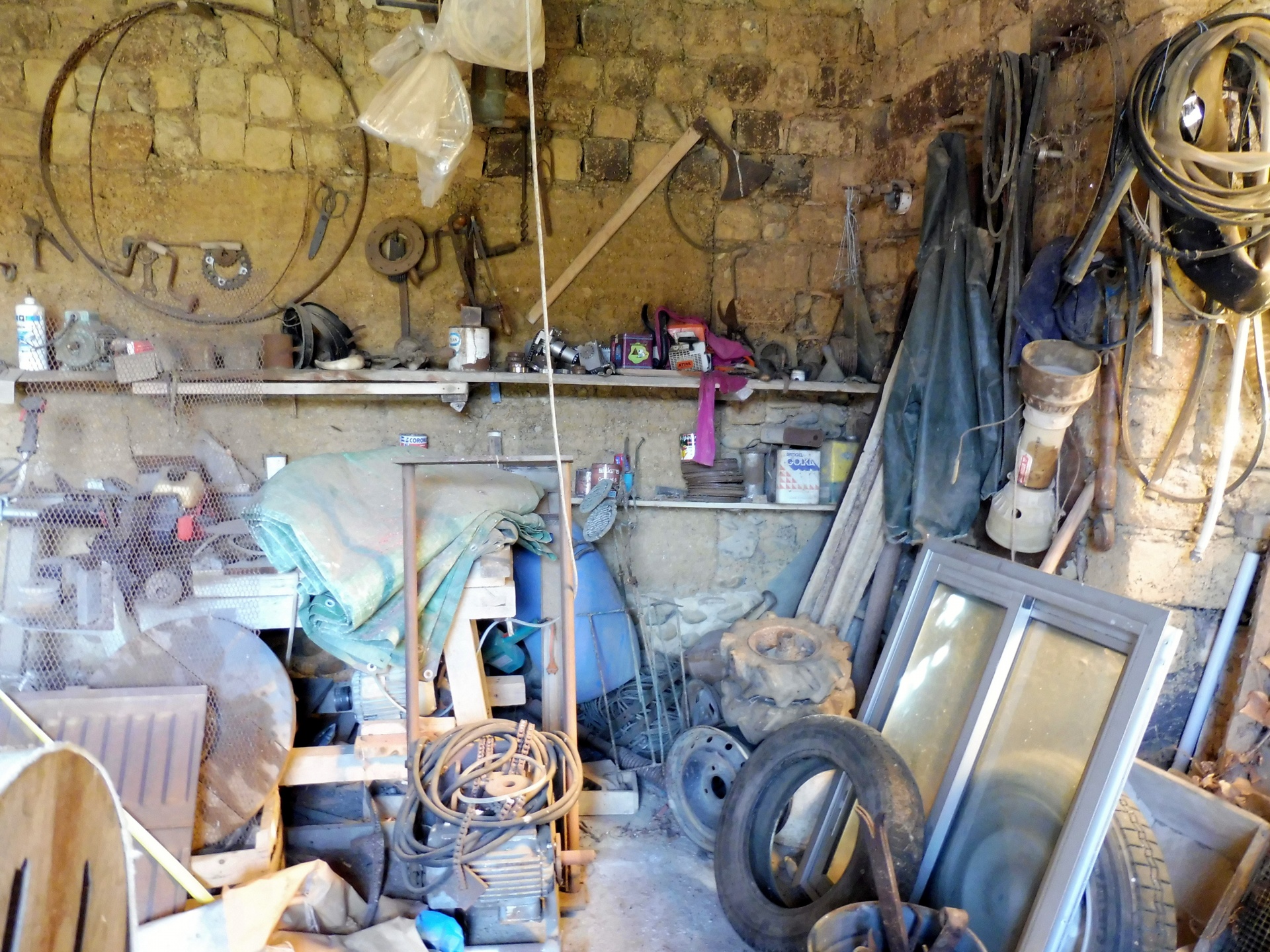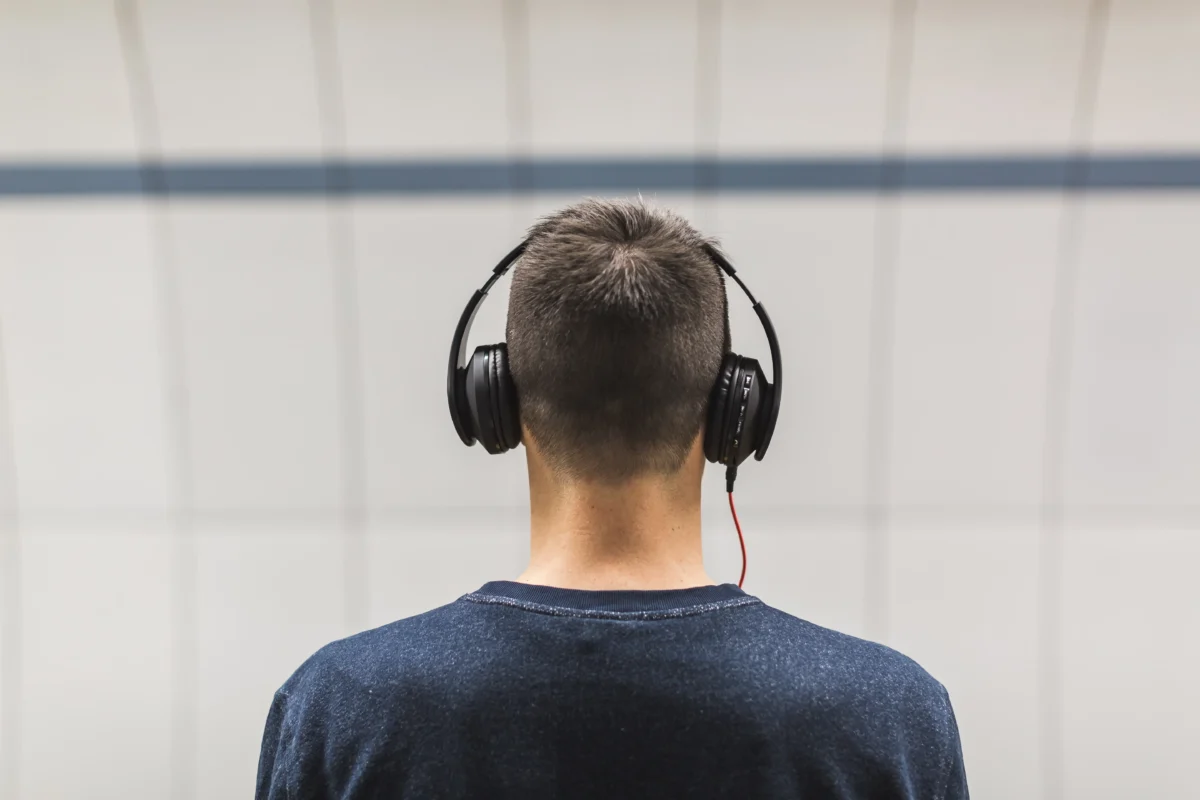Designing a staircase might seem like a straightforward task, but it’s actually an exciting opportunity to blend functionality with style. Whether you’re renovating an old home or building a new one, the staircase can be a stunning focal point that adds character and charm.
Understanding Staircase Design
Designing a staircase blends functionality with style, allowing it to serve as a home focal point.
Importance of Planning and Space Utilization
Effective planning maximizes space and ensures the staircase fits seamlessly into your home. Measure available space accurately. Consider foot traffic patterns. Select a design that complements existing decor. Optimize under-stair storage if possible.

Safety and Building Codes
Ensure the staircase meets local building codes for safety. Check tread and riser measurements. Verify railing heights and baluster spacing. Use non-slip materials. Follow guidelines for lighting placement. Prioritize safety without compromising design.
Key Elements of Staircase Design
Focusing on key elements ensures your staircase serves its purpose while enhancing your home’s aesthetics.
Choosing the Right Materials
Material selection impacts functionality and style. Wood offers warmth and versatility; think oak or maple. Metal provides modern, minimalist appeal; consider steel or iron. Glass maximizes light flow and space illusion. Choose durable materials to withstand daily use.
Utilizing the Correct Measurements
Accurate measurements guarantee safety and comfort. Tread depth should be 10-11 inches. Riser heights need uniformity, between 7-7.5 inches. Stair width should be at least 36 inches. Ensure handrail height is 34-38 inches for optimal support. Compliance with building codes avoids future issues.
Incorporating Lighting
Proper lighting enhances safety and ambiance. Install recessed lights for a sleek look or wall-mounted sconces for added style. Use LED strips for under-step lighting. Ensure lighting is bright enough to prevent accidents, especially on dark stairs. Lighting placement should complement the overall design.
Planning Storage Solutions
Dual-purpose staircases maximize space. Integrate drawers or cabinets under stairs for efficient storage. Utilize open shelving on the side of stairs for books or decor. Conceal storage within steps for a minimalist look.
Ensuring Code Compliance
Adhering to codes ensures safety and legality. Follow the International Residential Code (IRC) guidelines for dimensions and structural integrity. Check local codes for specific requirements. Regular inspections prevent compliance issues.
Adding Personal Touches
Personalize your staircase to reflect your style. Use custom railings or balusters to add character. Incorporate unique colors or finishes. Add artwork or plants along the staircase to enhance visual appeal. Personal touches make the staircase a central feature of your home.
Contemporary Trends in Staircase Design
Stay ahead in staircase design by incorporating contemporary trends. Embrace innovative materials and sustainable practices to enhance your home’s appeal.
Innovative Materials and Techniques
Experiment with materials like glass, steel, and concrete. Glass stairs offer a sleek, modern look. Steel provides industrial strength and a clean finish. Concrete offers durability and a minimalist design.
Incorporating Sustainable Practices
Use eco-friendly materials, such as reclaimed wood or bamboo. Reclaimed wood adds character and reduces waste. Bamboo provides a sustainable, strong alternative to traditional hardwoods. Incorporate energy-efficient lighting and use non-toxic finishes to ensure a green build.
Common Mistakes in Staircase Design
« Top 10 Best Ear Plugs for Sleeping on Amazon: Comfort and Quiet Guaranteed
10 Stunning Coffee Table Trends Everyone Will Be Obsessed With in 2023 »
Avoid common mistakes to ensure your staircase is both practical and stylish. Focus on usability and durability for the best results.
Overlooking User Comfort
User comfort should be a top priority. Ensure each step is uniform in height and depth to prevent tripping. Install a handrail on at least one side for support. Consider how the stairs will be used by all family members, including children and the elderly.
Ignoring Long-term Maintenance
Plan for long-term maintenance to keep your staircase looking good and functioning well. Choose durable materials that are easy to clean. Avoid designs that attract dust and dirt in hard-to-reach areas. Maintain a consistent inspection schedule to address wear and tear promptly.
Conclusion
Designing a staircase is more than just a functional necessity; it’s an opportunity to enhance your home’s aesthetics and usability. By carefully considering materials, measurements, and lighting, you can create a staircase that’s both safe and visually appealing. Don’t forget to infuse your personal style and stay updated with contemporary trends to keep your design fresh and modern. With thoughtful planning and attention to detail, your staircase can become a stunning focal point that adds value and charm to your living space. Happy designing!










